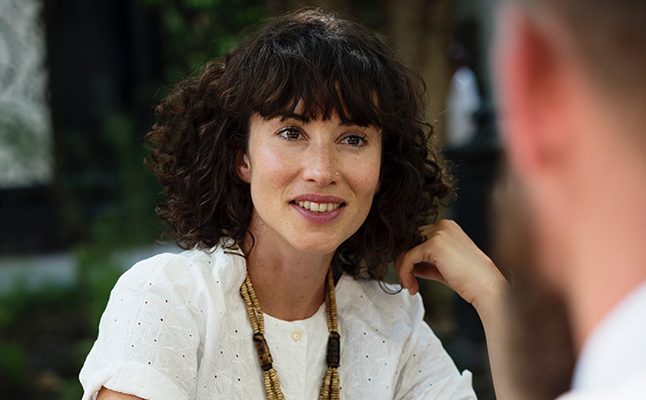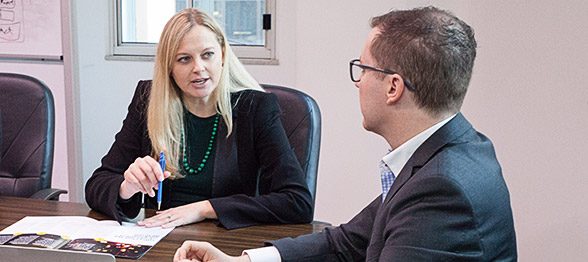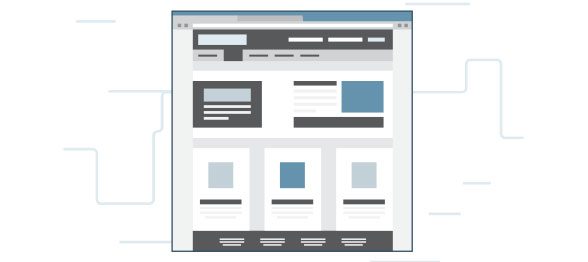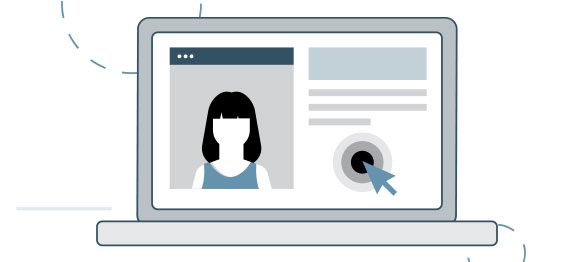How will UX contribute to your success?
- Read time: 3 mins
- Tech level: low
- Key point: choose a UX agency that is right for your business and project.

A good UX design agency can help companies get ahead of their competitors so it’s important you choose the right one. The decision making process when selecting a design agency won’t be quick – but it doesn’t have to be complicated. Following a few simple steps will pay off in the long run.
The growing importance of UX

In this era of digital technology and customer centricity, user experience has become increasingly important for Australian businesses. Today’s companies are investing thousands of dollars in getting the user experience on their website just right for their visitors.
Businesses that have user-friendly websites are more likely to generate more customers who purchase again, don’t switch to their competitors and recommend to their friends. What are the ingredients of good customer experiences online? Beautiful design, intuitive navigation and low effort task completion.
Finding the right UX design agency to design and develop your online presence can seem like a big task, but there are some simple questions you can ask that will help you find the right UX agency. The extra effort, at the start, in finding the right agency will pay off in the long run. This is because it’s important not only to engage an agency that can get you results, but also UX experts that will be a good fit for you and your business.
Should you hire a big or small agency? Read on to find out what kind of outside design help is right for your website, and how to select the right UX design partner for your project.
Step 1: What does your business need?
Organise your thoughts and needs for the project by asking yourself a few questions to establish what your priorities are. The quality of the results you get will depend on how well you brief your selected agency.
If you approach an agency without a plan in place, you could end up
- wasting your time
- paying more than you need to, or
- getting a result that you weren’t expecting.
You should always make it very clear what your expected outcomes are.
Step 2: Scope
Establish the size and time you want your project to involve.
Do you want an ‘express’ version of UX work done? Or do you want ‘the works’? Like most organisations you probably want something in between that’s tailored to your goals. For instance, some organisations already have some personas but have never had card sorting done. Or they’ve had card sorting done, but have had no user testing. Are you looking for help with your content or a more intuitive structure for your website?
There are many combinations and a good UX agency will start with a complete review of what research has already been done recently.
Some UX work is always better than none at all.
Step 3. Create a brief based on what you want
Unless your selected agency is already familiar with your organisation and goals, you’ll need to brief them. They’ll likely want to know answers to questions like:
- Is your product or service solving a problem, and for whom?
- Who are the people who you want to use your website?
- Are you wanting a sophisticated website or a basic functional?
- Have you figured out the whole story to your website; content, screens, UI elements, design, video and audio?
Answering these questions will help you figure out what kind of UX design agency is right for your company. You will be able to limit your search to the agencies that specialise in the kind of work you need and the deliverables you expect.
Step 4. Think about the size of the agency you want to work with
Do you want a big agency?

Your online project might require you to go with a large UX design agency. Going with a large agency usually means:
- you’ll have access to more resources
- larger agencies are typically more stable, and
- they’ll already have a reputation in the market that you can interrogate.
Do you want a small agency
A small design agency has benefits such as:
- usually more up to date with current trends
- will likely offer more personal and responsive service, and
- will offer better value for money.
Step 5. The proof is in the pudding
Look at their case studies
Always listen to what kind of work they say they do, and look at their case studies for concrete examples. Really listen to the designers as they tell their portfolio story.
If they can tell a compelling story about the pieces in their portfolio and about why a design is one way or another, it shows they have connected with the project and the initial problem they were trying to solve.
Designers need to be able to narrate the lifecycle of their work and show how they achieved the intended outcome with their design. Ask is they can demonstrate the results of the project with facts and stats.
This is an important step in hiring a design agency. If an agency can demonstrate that their designs led to a positive outcome, then there’s more chance of them getting a good result for you.
Step 6. Look for testimonials
Ideally you’d know someone who’s already worked with them so that you can get more independent evidence that they’ll be a good fit. Someone who knows you and how you work, will be a much better sounding board then a glossy brochure from a sales person.
If you don’t have a common connection, then the next best thing is speaking to a current or a recent client. Listen to their tone of voice and if you could only ask one question, ask if they’d be willing to work with the agency again.
Conclusion
If your goal is to find a professional, creative agency that you can build a relationship with and who has a thorough understanding of your project – then it’s important that you follow a few simple steps to begin with.
Once you select the right agency, then the rest of the journey should flow smoothly.
Even if your project is short term, you need to keep a long-term relationship in mind. If the agency you choose delivers the results you wanted, then you may not have to look for another agency for a long time. Choose the wrong one and you’ll need to invest a lot of time in backing out and then starting the search again.
Learn more about UX design
See how you can capitalise on UX design and view case studies from previous projects.






